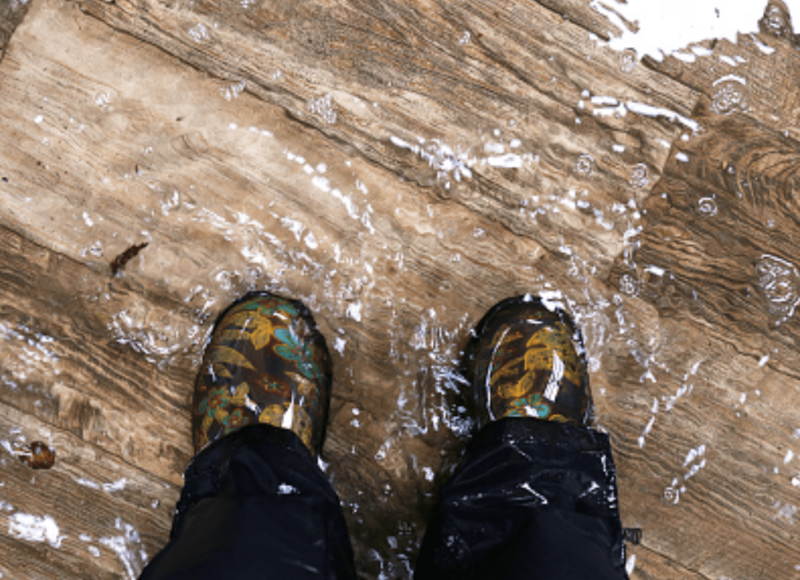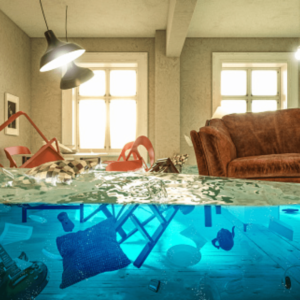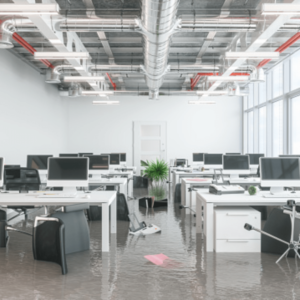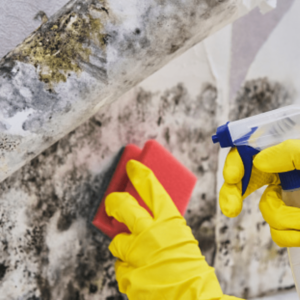The Complete Guide to Flood Damage and How to Prevent it From Happening Again

What is Flood Damage?
Flooding is a natural disaster that can cause a lot of damage to property and people’s lives. Flooding often occurs when there is excessive rainfall, snow melt, or an overflow of water from rivers or lakes.
Some common types of flooding include flash floods, which are sudden and severe floods that usually happen after heavy rains; coastal flooding, which happens when storm surges push water inland into low-lying areas; and riverine flooding, which happens when rivers overflow their banks.
Flood or water damage can be classified as either structural or non-structural. Structural flood damage is the result of water coming into contact with buildings while non-structural flood damage is the result of water coming into contact with other objects such as furniture, clothing and electronics.

What is the Difference Between Water Damage and Flooding?
Flooding is a type of water damage that happens when the water level exceeds the height of a building’s floor. The water can come from natural sources like heavy rainfall, or it can be caused by a broken pipe or plumbing fixture.
Water damage is any type of damage that is caused by water. This includes flooding, but also includes other types of water-related damages like leaks, overflows and seepage.

How to Prevent Flooding in Your Home or Office
Flooding can happen in your home or office due to a variety of reasons. It is important to know how to prevent flooding and what you should do if it happens.
There are many ways that floods can happen in your home or office. It could be as simple as a pipe bursting in your kitchen or something more complex like faulty plumbing in the walls of your building. The most important thing is to know how to prevent flooding from happening and what you should do if it does happen.

How to Prepare for a Flood in Your Home or Office
The best way to prepare for a flood is by being prepared. It is important to have a flood kit in your home or office so that you are ready for any emergency situation. The following list includes items that should be included in your kit.
-Bottled water
-Food items such as canned food, energy bars, and nuts
-Flashlight with extra batteries
-First aid kit
-Nonperishable food
-Medications and medical supplies (prescriptions and over the counter)
-Battery powered radio with extra batteries
-Sanitation supplies such as soap, toilet paper, feminine products, etc.
How To Clean Up After a Flooded Basement or Room
Cleaning up after a flood is a daunting task, but it doesn’t have to be. Check out the following checklist for tips on how to clean up your flooded basement or room.
-Remove standing water and soaked items from the flooded area.
-Use towels or rags to soak up any remaining water and then place them in a plastic bag for disposal.
-Wipe down any hard surfaces with soap and water, then rinse with clean water. Allow the surface to dry completely before replacing furniture or other items.
-Take care not to track any wet carpeting into other areas of your home that are not affected by floodwaters.
-Open windows and doors in the area of the flood so that air can circulate freely and help dry out wet surfaces more quickly.

